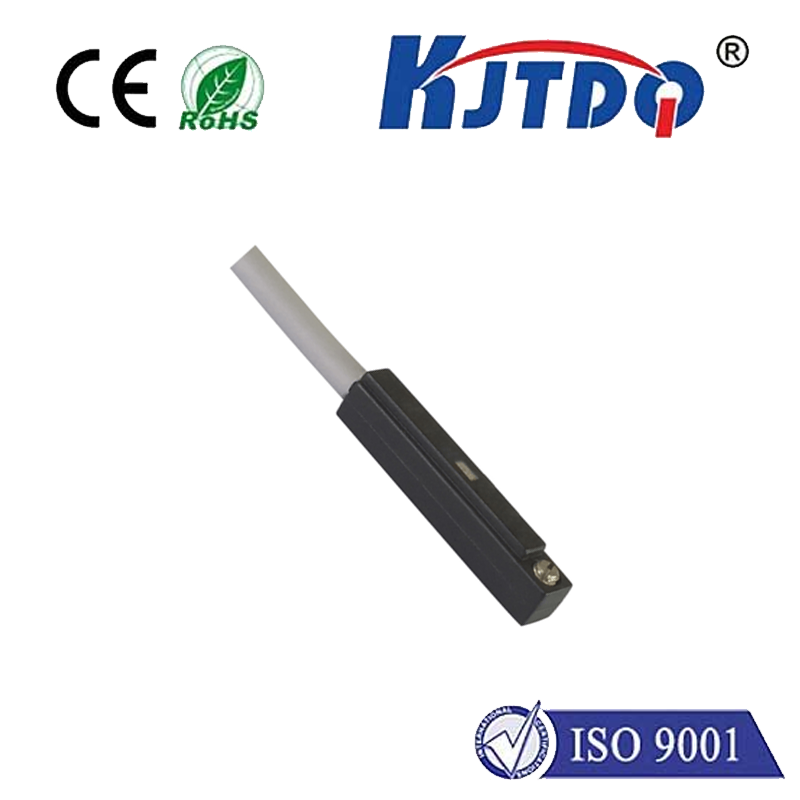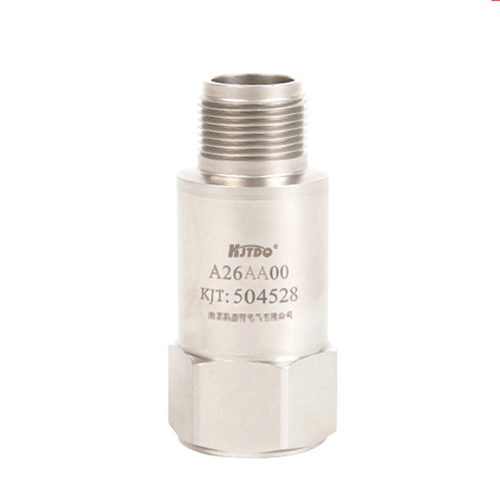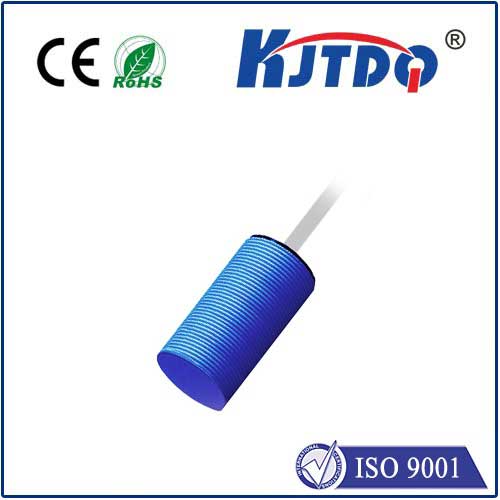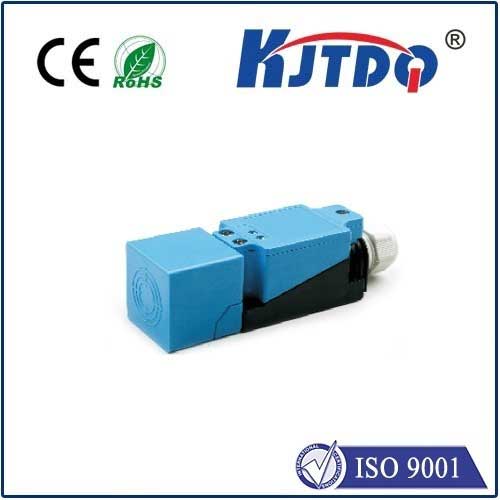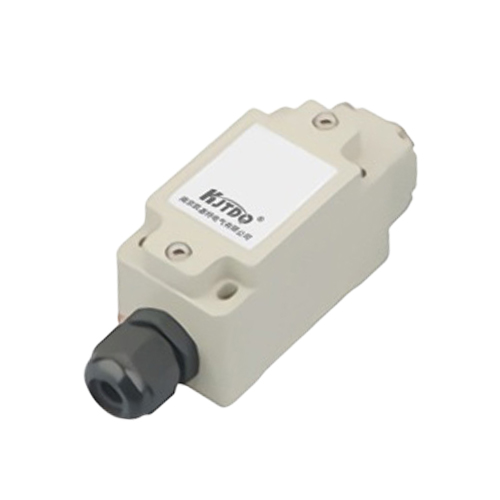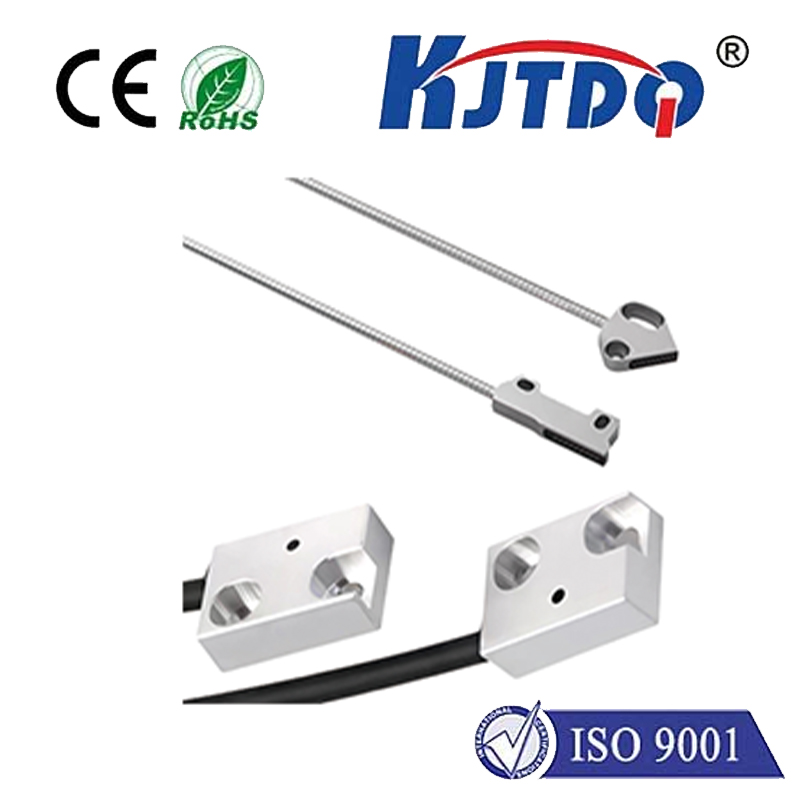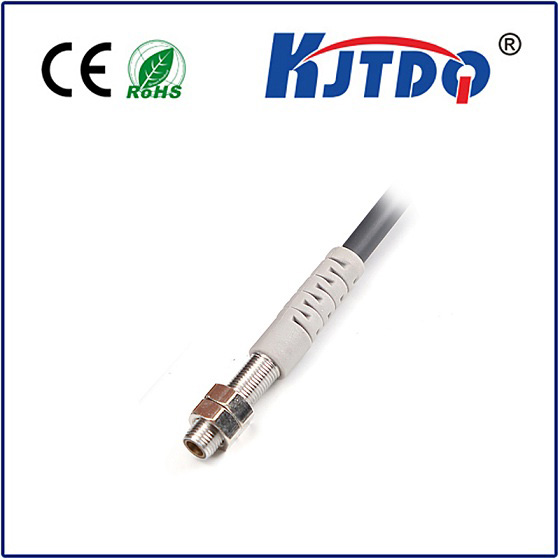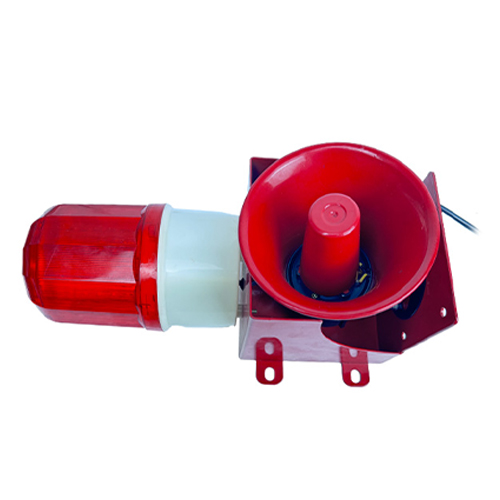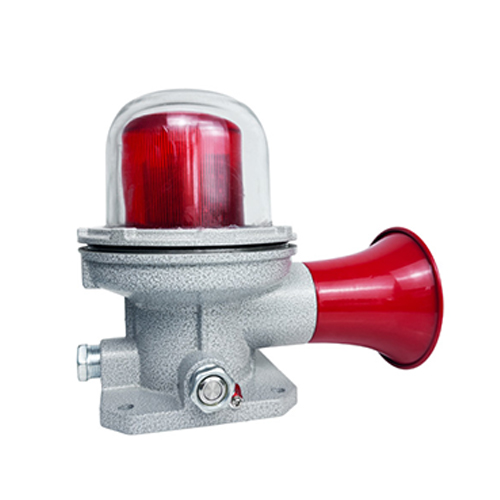roller lever limit switch
- time:2025-08-01 11:40:20
- Click:0
Roller Lever Limit Switches: The Unsung Heroes of Precise Position Control
Imagine a high-speed production line smoothly humming along. Suddenly, a critical machine jolts to a halt. Panic sets in – downtime is expensive. Often, the culprit isn’t the main motor or a complex controller, but a seemingly small component responsible for telling the machine where its moving parts are: the position sensor. In countless industrial scenarios, where robustness and reliability are non-negotiable, the roller lever limit switch stands tall as a fundamental solution for critical position sensing. This indispensable workhorse translates physical movement into a definitive electrical signal, ensuring machinery operates safely and within its intended boundaries.
What Exactly is a Roller Lever Limit Switch?
At its core, a limit switch is an electromechanical device designed to detect the presence or absence of an object, or monitor its travel limits. It physically interacts with a target (like a machine part, cam, or workpiece) and changes its electrical state (opening or closing contacts) when that interaction occurs. The roller lever variant incorporates a pivotal arm (the lever) terminating in a rotating wheel (the roller).
This simple yet ingenious design is key to its widespread use. The roller drastically reduces friction and wear compared to a simple lever or plunger tip. As the target object contacts the roller, it glides smoothly, minimizing drag forces and preventing the snagging or gouging that could occur with fixed contacts. This smooth action ensures consistent operation, reduces maintenance needs, and significantly extends the switch’s operational lifespan, especially in demanding environments involving repetitive motion.

The Core Mechanism: From Movement to Signal
The operation is elegantly straightforward:
- Actuation: A moving part within the machinery – perhaps a robotic arm’s endpoint, a conveyor gate, or a hydraulic cylinder rod – makes contact with the roller lever.
- Lever Movement: The force applied to the roller overcomes the internal spring tension, causing the lever to pivot around its fulcrum.
- Contact Action: This pivotal movement internally actuates the switch mechanism. Depending on the switch type (Normally Open - NO, Normally Closed - NC, or Changeover - SPDT), this action either closes or opens the electrical contacts within the switch body.
- Signal Sent: The change in the contact state sends a clear electrical signal to the machine’s control system (like a PLC - Programmable Logic Controller). This signal indicates that the target object has reached a specific, predefined position.
- Reset: Once the target object moves away, the internal spring returns the roller lever to its original position, resetting the contacts and preparing the switch for the next cycle.
Engineered for the Industrial Arena
Roller lever limit switches are not delicate instruments; they are built to thrive where others falter. Manufacturers prioritize durability and resilience:
- Robust Enclosures: Housings are typically crafted from rugged metals like zinc die-cast or high-strength engineering thermoplastics, offering substantial protection against impacts, crushing forces, and environmental contaminants. Many feature IP67 or higher ingress protection ratings, making them resistant to dust and powerful water jets.
- Hardened Components: Critical internal parts, including the lever pivot and contacts, are made from hardened steel or specialized alloys to withstand millions of operating cycles without premature wear or failure.
- Sealed Design: Seals and gaskets prevent the ingress of oil, coolants, metal shavings, and other common workshop debris, which could otherwise foul the mechanism or contacts. This ensures consistent electrical performance.
- Versatile Mounting: Standardized mounting holes and configurations allow for easy and secure installation in diverse locations on machinery frames, brackets, or fixtures.
Where Roller Lever Switches Shine: Key Applications
The combination of physical robustness and reliable electrical switching makes roller lever limit switches indispensable across a vast spectrum of industrial automation and machinery:
- Travel Limit Detection: Their most fundamental role is ensuring moving parts (cylinder rods, slides, lift tables, crane hooks, gantry positions) do not exceed their safe mechanical limits, preventing catastrophic crashes or damage. End-of-travel sensing is paramount for safety.
- Position Verification: Confirming that a component has reliably reached its intended position before the next step in a sequence occurs. For example, verifying a clamp is closed, a jig is in place, or a turntable is indexed correctly.
- Conveyor Systems: Detecting the presence or absence of packages, pallets, or products at critical transfer points, sorting gates, or accumulation zones. They act as vital inputs for conveyor control logic.
- Material Handling Equipment: Used extensively on forklifts, stackers, automated guided vehicles (AGVs), and hoists for position feedback and safety interlocks.
- Machine Tools: Monitoring tool changer positions, workpiece clamping, or guarding status to ensure safe operation.
- Packaging Machinery: Controlling the position of sealing jaws, fillers, cappers, and labeling heads to synchronize complex operations.
- Automotive Manufacturing: Found on welding robots, assembly line fixtures, transfer systems, and paint line conveyors for precise position control and sequence validation.
The Enduring Advantages: Why Choose a Roller Lever?
While newer technologies like proximity sensors exist, the roller lever limit switch continues to hold its ground due to compelling benefits:
- Physical Confirmation: It provides tangible, direct mechanical feedback that a part has physically made contact and reached a specific point. This certainty is crucial for safety and critical positioning.
- Cost-Effectiveness: Generally more affordable than many non-contact sensing alternatives, offering excellent value for money.
- Simplicity & Ease of Use: Their operation is easy to understand, troubleshoot, and replace. Wiring is typically straightforward.
- Visibility: The position of the lever provides a clear visual indication of the switch’s status (actuated or not).
- High Current Switching Capability: Many models can directly switch higher currents (e.g., lighting, motors, solenoids) without requiring an intermediary relay, simplifying control circuits.
- Reliability in Difficult Environments: Performs exceptionally well in dirty, wet, oily, or vibration-prone settings where optical or inductive sensors might struggle. The roller design is particularly tolerant of misalignment or uneven contact surfaces compared to plunger types.
For engineers and maintenance professionals tasked with designing or keeping machinery running efficiently and safely, understanding the role and capabilities of the roller lever limit switch is fundamental. Its ability to provide robust, reliable, and unambiguous position feedback in the face of demanding industrial conditions ensures this classic component remains a cornerstone of effective industrial automation and machinery safety systems. Its blend of mechanical ingenuity and electrical reliability makes it a truly unsung hero on the factory floor.






